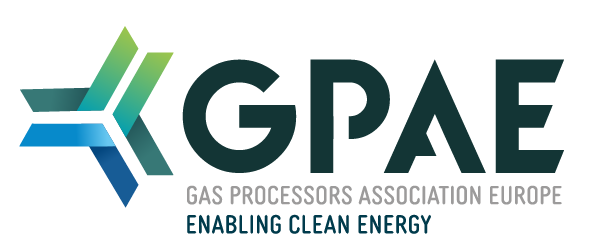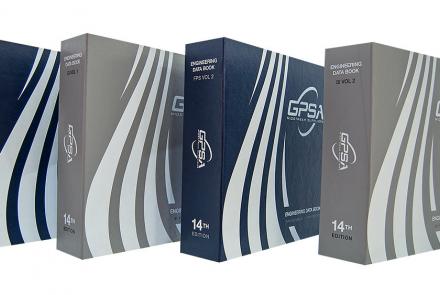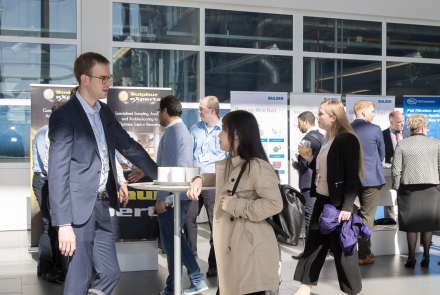Order your copy of the The GPSA Engineering Databook. The 14th edition is almost 1,000 pages of technical information and is the worldwide authoritative resource for technical and design information.
NGL Recovery: Evolution and New Generation Processes
Vanessa Gahier, Technip, Paris, France
Natural Gas Liquid recovery processes were initially developed for technical reasons: for gas plants - to avoid condensation of liquids in export pipelines; for LNG plants - to avoid freezing of hydrocarbons during liquefaction. In the 1960’s, cryogenic NGL recovery process development was for economic reasons - increased NGL recovery compared to conventional, e.g. oil absorption process, increased revenue. In the 1980’s, development of turbo-expanders and plate-fin heat exchangers resulted in recoveries of up to 99% propane and 80% ethane depending on feedstock. From the end of the 1980’s up to the mid 1990’s, high value of ethane as liquid promoted expansion of Enhanced Ethane Recovery processes by several Licensors.
Today, major challenges in NGL recovery processes are on one hand the reduction of power consumption to reduce greenhouse gas emissions and designing environment friendly processes and on the other hand, flexibility on ethane recovery while maximising propane recovery. Gas Processors face a fluctuating ethane demand linked with steam cracker operation or with differing LNG specifications depending on the markets.
This paper describes the evolution of NGL Recovery Processes from 1970’s and the new generation processes and technologies to meet the above challenges.



